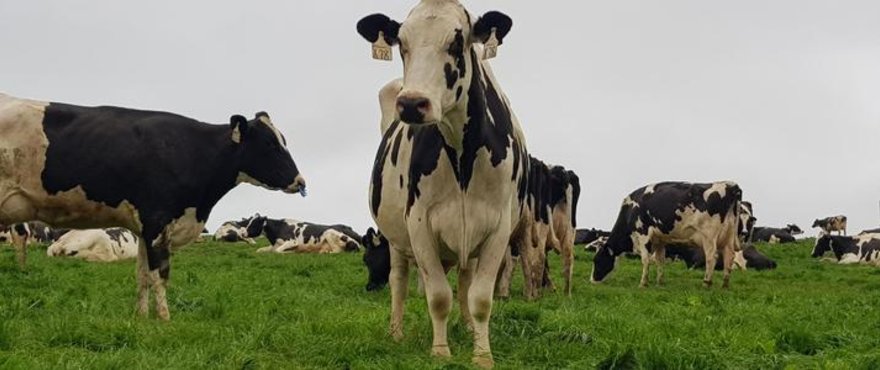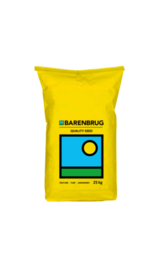Kikuyu's soft stems grow relatively upright and produce a high number of leaves relative to other grasses. Kikuyu is capable of high summer growth, but milk production can be limited by its relatively low quality. Thus, to maximise production of cows per hectare, it is essential to maximise the quality of the pasture consumed. Grazing at the 4.5 leaf stage provides the highest proportion of leaves and therefore increases quality. Grazing past this stage increases its stem growth, allowing the stem fraction to accumulate with each grazing. To provide winter to spring forage kikuyu is commonly oversown each autumn with annual ryegrass or less commonly with oats, brassicas or clovers. A smooth transition from the summer kikuyu phase to the winter forage at both the establishment and heading of the annual forage is essential. It should be planted in a well-prepared field, under favourable conditions of adequate moisture and soil fertility.




